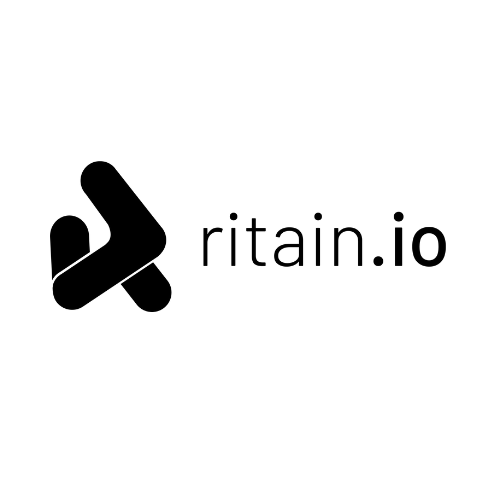About the Company
With more than three decades of existence, this company in the payments sector supplies modern, dependable, and secure financial services to more than 300 million users and processes more than 7 billion transactions annually. Alongside being a major payment processor in Europe, they are a benchmark in Security and Anti-Fraud solutions and services in Business Process Outsourcing.
This organization in the payments sector was born and grew up as a fintech company, innovating and taking technology as its driver in this path. They reinvented the existing payment methods and are a leading company in the payment sector in Europe. One of their products is a payment app, which allows users to make purchases, instant transfers, and withdrawals using a mobile phone only. In parallel, they manage multiple digital payment channels, from Automatic Payment Terminals to online channels or mobile phones.
The Challenge
Before working with the Xray test management app, this company in the payments sector worked with ALM/Quality Center, a test management tool from Microfocus. The use of this test management tool presented the following challenges for their team:
- Developers had to constantly switch from one collaboration tool to ALM/Quality Center, losing context and productivity;
- Tracking of project progress in testing phases was not integrated with the application lifecycle management tool;
- Communication and work efficiency between team members, as they are not using the same tools.
At that time, they were already using Jira to manage its application development lifecycles and were only interested in tools that could integrate with it.
Xray enables end-to-end traceability from requirements to test cases to bugs and provides robust reporting and analytics features on top of Jira, which lead them to adopt Xray as their test management tool for all their IT application development projects.
To have a successful company-wide adoption of Xray, the process of migrating test cases, test executions, and defect historical data from their earlier test management tool (ALM/ Quality Center) to Xray, was needed.
It is important to notice that in the process of migrating data to Xray, some factors such as data format, size, quality, and dependencies need to be considered. In this case, ensuring that the data being migrated was correct and complete was essential to the project's success.
In sum, the data migration process itself is always challenging. It is one of the most critical aspects of any IT tool and system adoption project, especially when historical data must be present in the new tool or system.
Being an extremely sensitive and vital process necessary to ensure the future success of testing activities, this company requested the assistance of Ritain.io, an official Xray partner who could support its internal teams in this challenging migration project.
The Solution
A phased approach, with 3 stages, was planned and executed to ensure a successful migration to Xray:
Stage 1 – Assessment & proof of concept
The first stage was focused on analyzing the current situation, gathering requirements, and creating the project plan. With this assessment, it was possible to confirm the project feasibility and migration approach. A Proof of Concept was defined as a project with a smaller data set to be migrated to demonstrate and ensure the migration approach.
Stage 2 – Fine-tuning and training
The second stage was dedicated to the fine-tuning of the migration scripts, as well as the validation and cleansing of the data to be migrated. The focus was also given to training to ramp up the team’s knowledge of Xray and ensure proper usage of Xray after the migration process was completed. The training offered to the teams focused on the following:
- Xray issue workflow configuration and plugin management;
- Xray daily usage user enablement;
- Xray change management in terms of testing and reporting processes for new flows and issues.
Stage 3 – Migration and reports
The third and final stage consisted of executing the migration process for the remaining projects in ALM. Each project migration was scheduled taking into consideration its data set volume. Ensuring no downtime was also critical for every team dependent on the data and the management tool to perform their daily tasks.
Finally, new reports were also built with eazyBI, to ensure that the management team has the same analytical information capability about test cycles performance as before.
The Result
With the support of Ritain.io team of experts on quality assurance automation and agile testing, this company was able to implement a successful migration project from Quality Center to Xray. In this project, 2 distinct ALM instances (V11 and V15.01), 130 000+ test cases, and test executions were migrated to Xray, the on-premises version, which was running the latest application version at the time of migration.
The main benefits the migration brought:
- Improved communication efficiency between teams;
- Promoted more collaboration on the shared data and fewer meetings for reporting status as the information is now visible and accessible to every stakeholder and team member at one single point of truth;
- Faster and simpler reporting to track work progress;
- Better planning of Test Cycles that ensure full traceability on capabilities and/or user stories coverage by test scenarios executions.
Breaking the silo to collaboration with Xray
This company in the payments sector moved away from a legacy test management tool like HP ALM to Xray, bringing their testing closer to development, and breaking the silo to collaboration. With a new, improved test management process, they can maintain their position as a FinTech leader, working with more agility and reliability.

